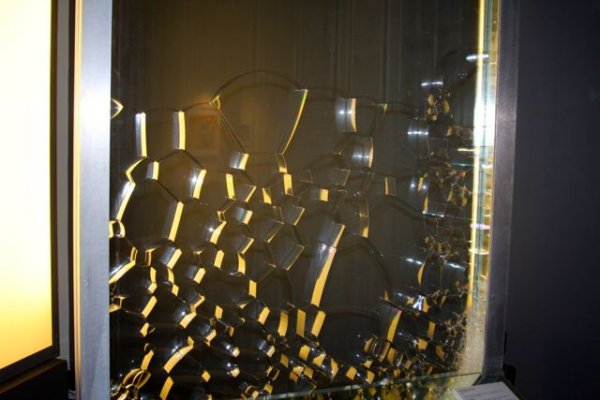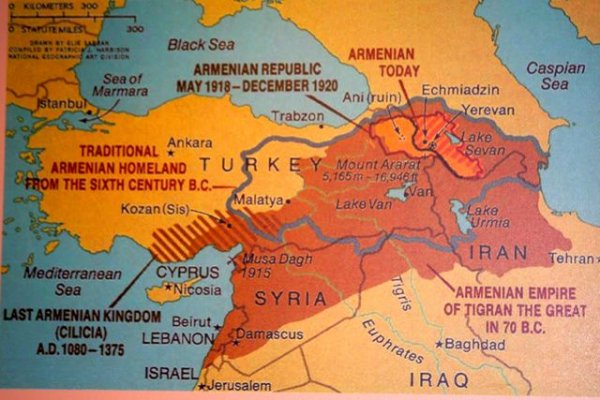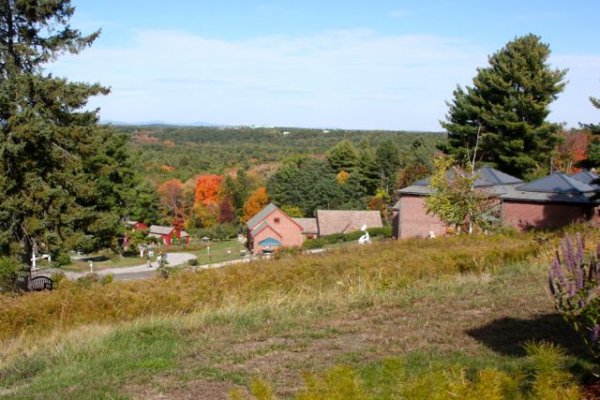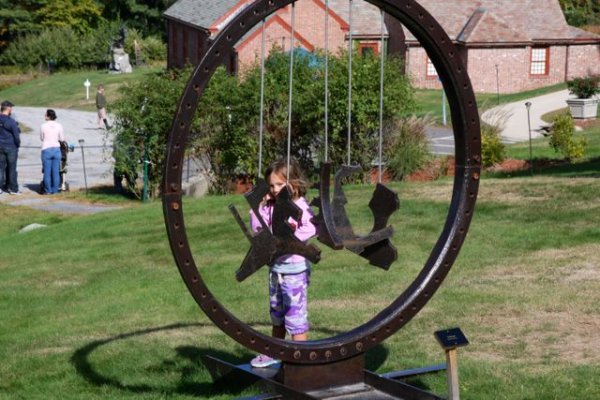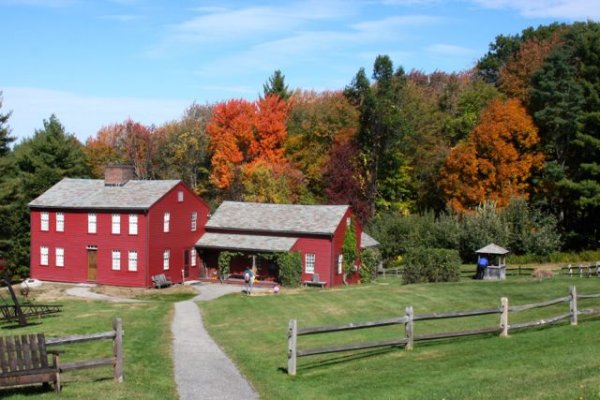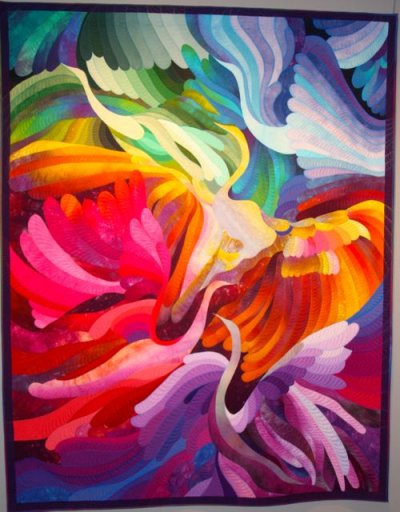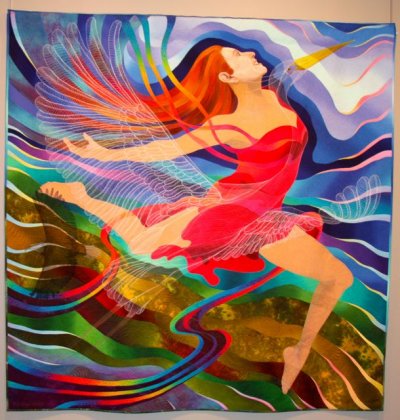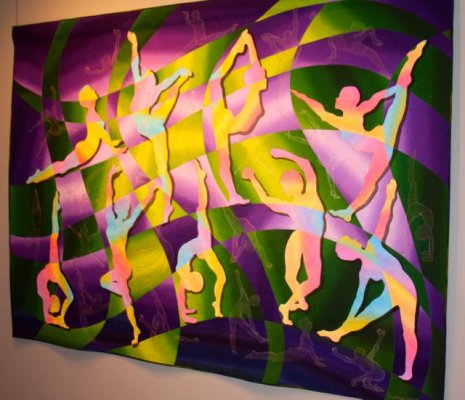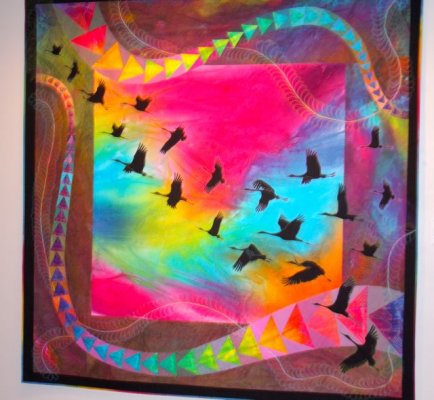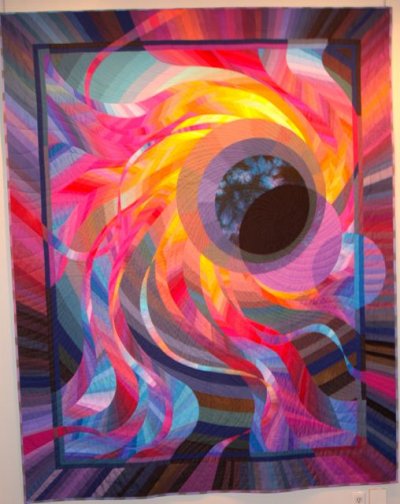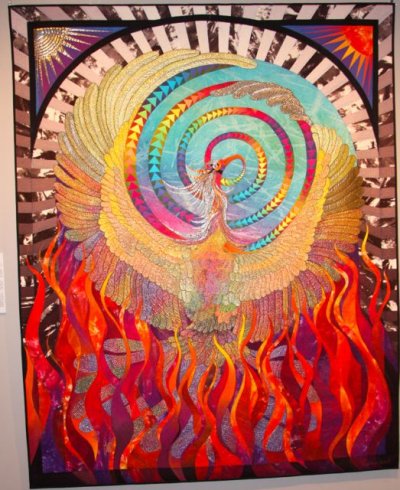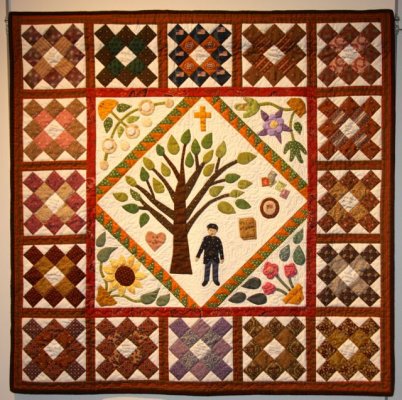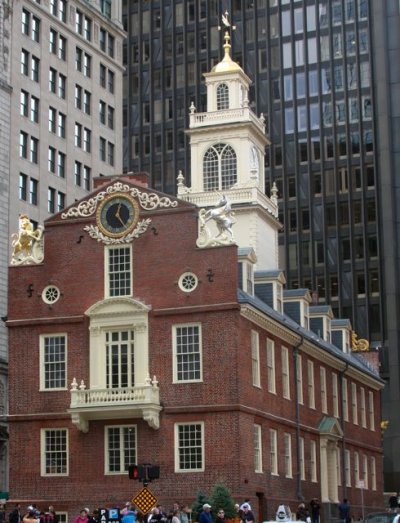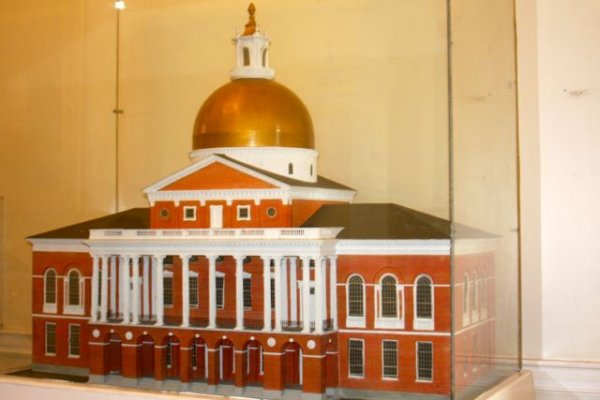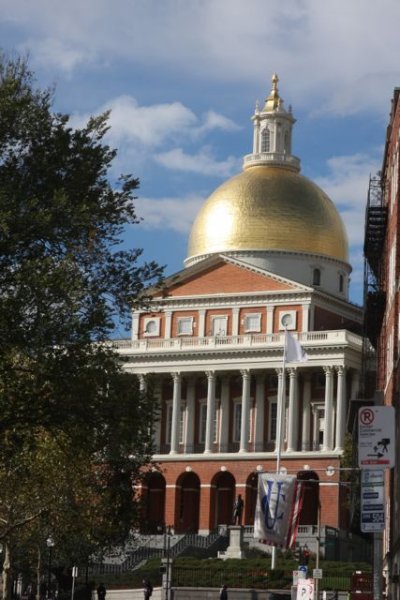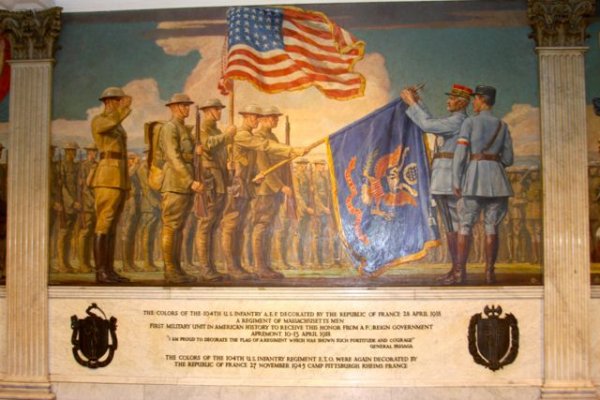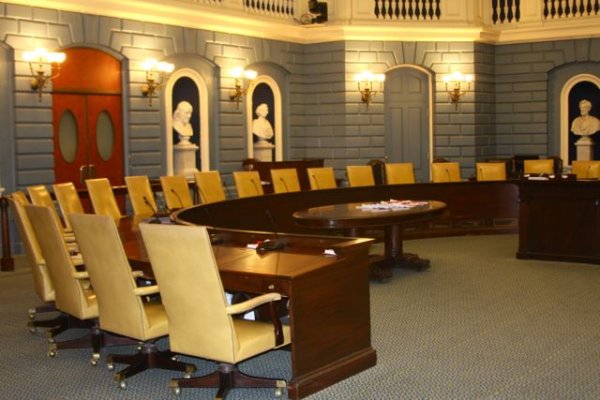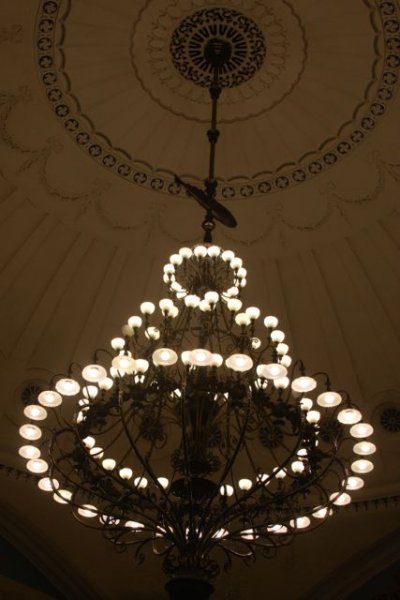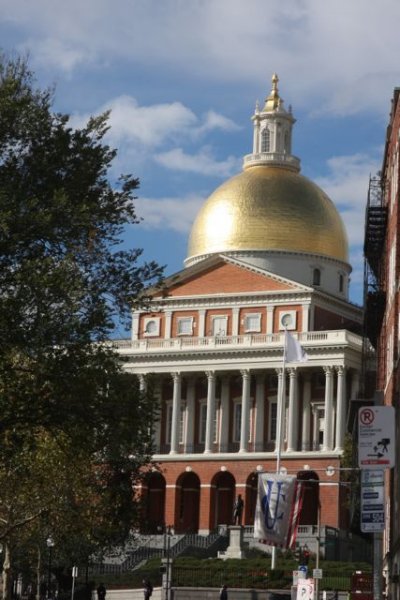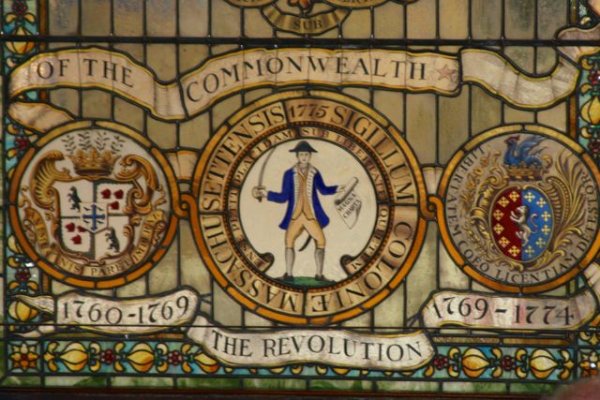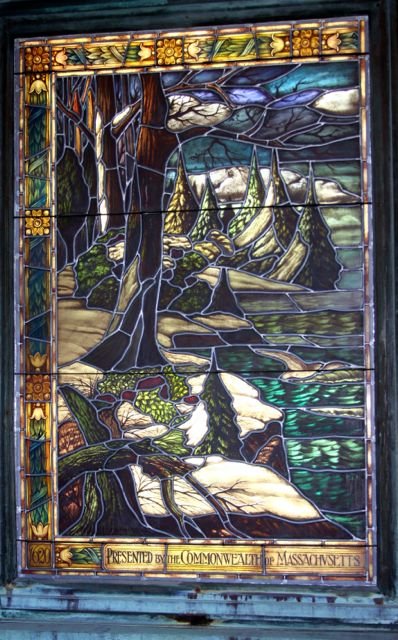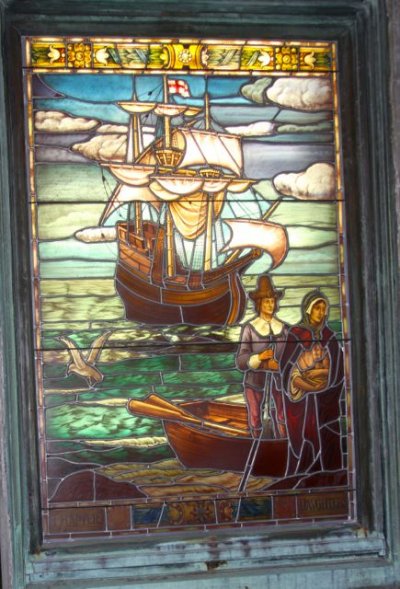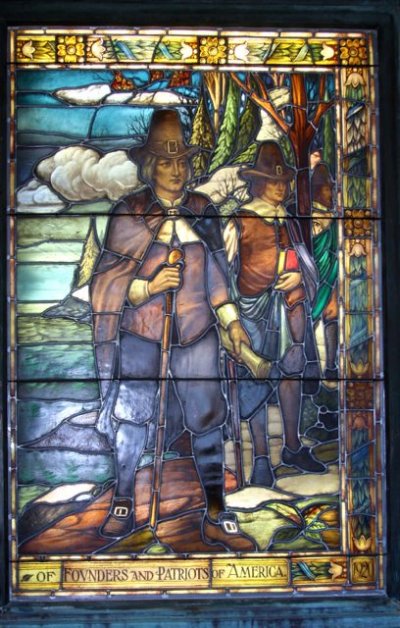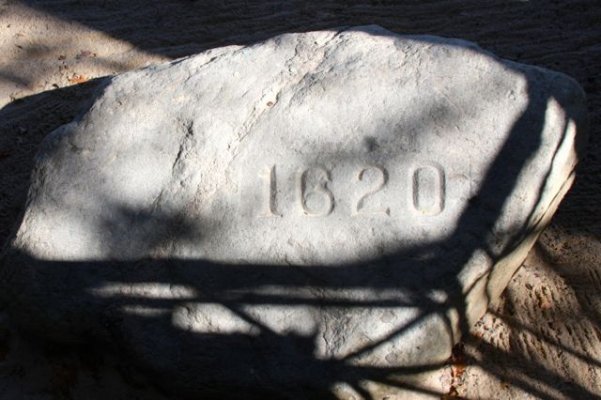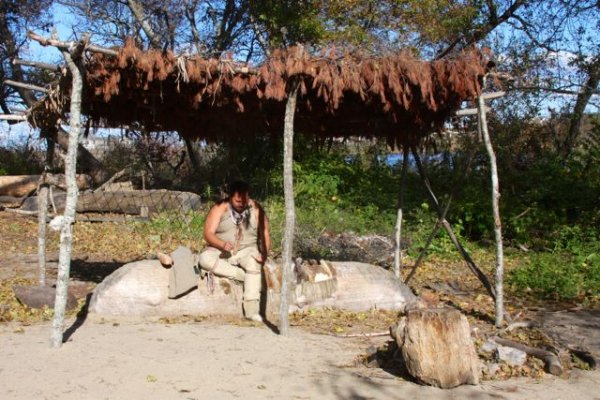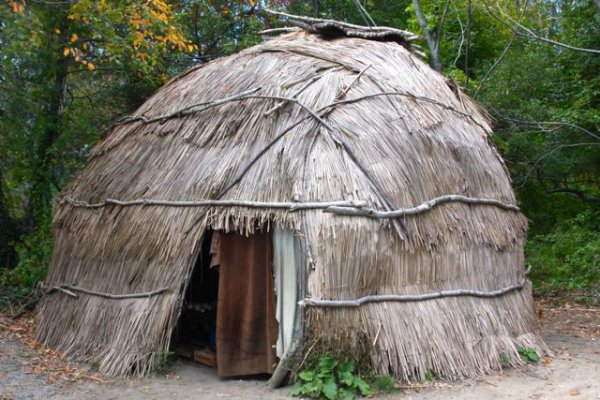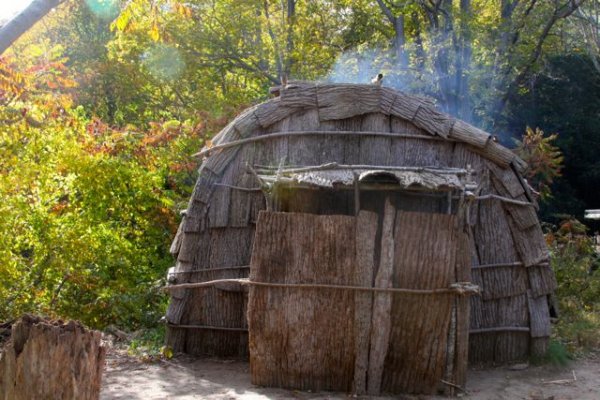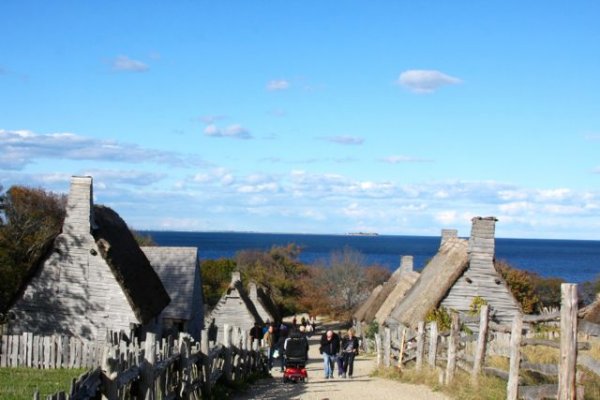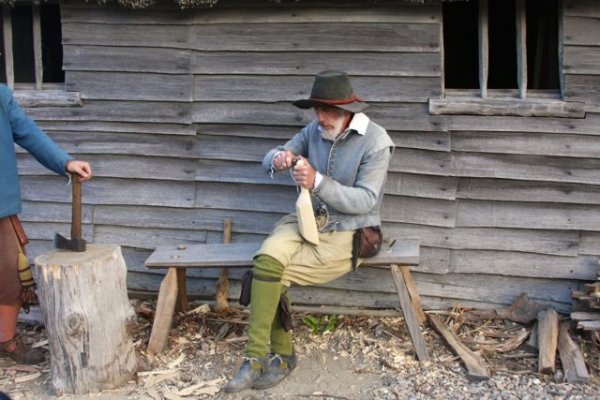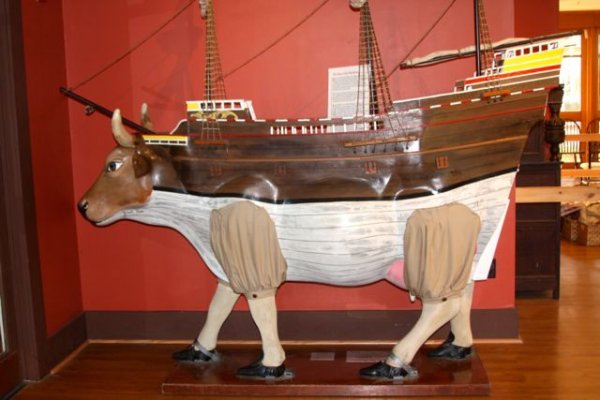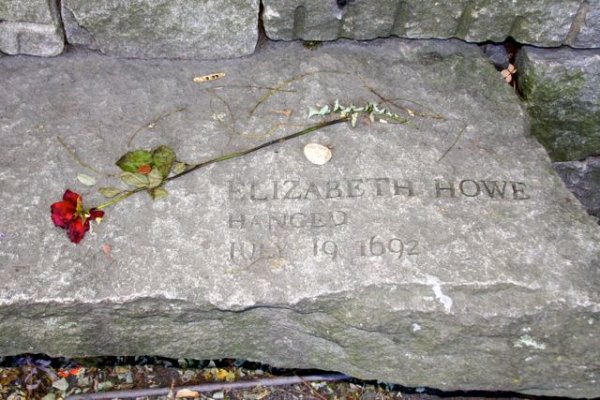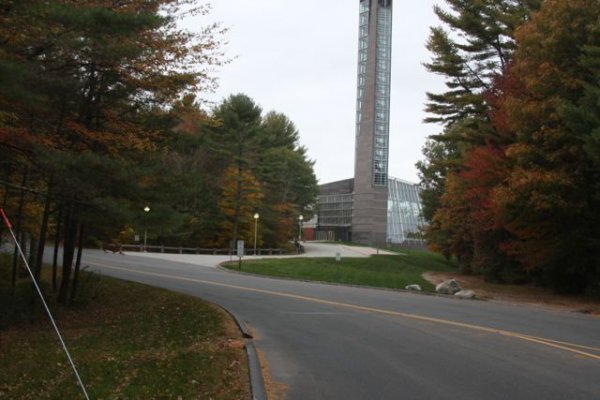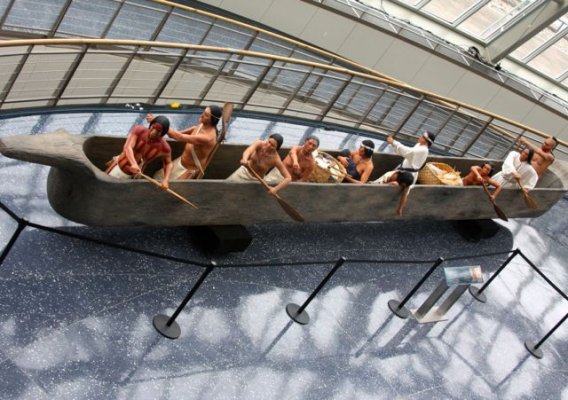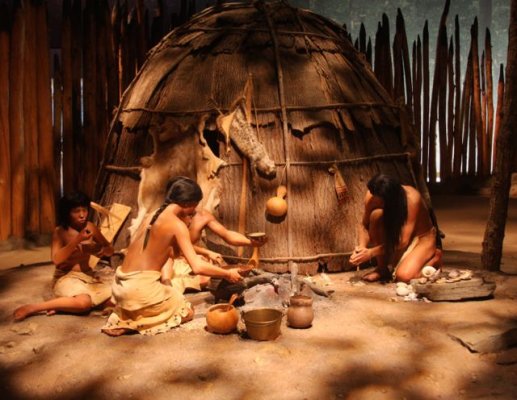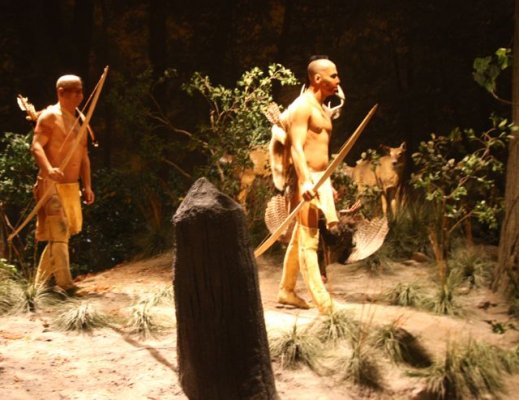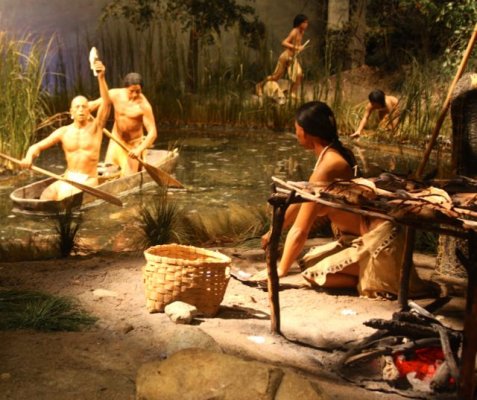Day 44 October 14, 2015 Bellingham, MA (sort-of-near Boston)
We braved Boston traffic and spent a full, painful day, both for our bodies and our pocketbook, in Boston. Parking several blocks away from the sites we wanted to see cost us $36 for the day! But we couldn't take public transportation because of my scooter. It was cold and windy, so we tried to make good time but were thwarted at every turn.
The streets were originally cowpaths and meander at strange angles up the hill. The streets have one name on the right and another on the left. Maps are not very helpful. The streets and sidewalks are either bumpy bricks or cobblestones, some of which are missing, making "potholes." All sidewalks are angled toward the street, so keeping my scooter in a straight line killed my hands and shoulders. Curbcuts for my scooter were often non-existent, so I would disembark and Dean would help me cross the street walking, then lift the front off the sidewalk, pull it forward, and lift it up on the other side of the street. I previously thought of Boston as a progressive city of intelligent people. We have never in our travels throughout 48 states encountered even a little town with such problems. However, Bostonians are wonderful people. They would see us pondering over the map and stop and give us directions.
Our first disappointment was that we couldn't go into the Old State House (1713) (Pic 1/6077) because it wasn't handicapped accessible--lots of steep steps. We've encountered this kind of thing in other states, but usually they have installed a ramp or have taken video so I can see what it's like. Nothing here.
After the Revolution, the leaders wanted a larger State House (Pic 2/6079), at the summit of Beacon Hill on land that had been a cow pasture for Governor John Hancock. The cornerstone was laid on July 4, 1795 by Governor Sam Adams and Paul Revere, Grand Master of the Masons, and was finished in 1798.. The stone was drawn by 15 white horses, one for each of the states of the Union at that time. The capitol cost $133,333.33.
There have been some major additions since then. The capitol dome was originally made of wood and shingles. Paul Revere & Sons coppered the dome in 1802 to prevent water leakage. But it turned green. So, seventy years later, they gilded the dome with 23-carat gold leaf for the first time, costing $2862.50. The most recent gilding, in 1997, cost $300,000.
Just 80 years after its dedication, the legislature said the State house was too small. Some wanted to build a new capitol in the geographic center of Massachusetts, but they decided to expand the original. They had painted the original capitol yellow, so the addition was made of yellow brick. In 1917, they added two white marble wings to the east and west. In the 1920's, they scraped the 26 layers of paint off the original and returned it to its original red color, so now the capitol is 3 different colors--red, yellow, and white. Picture 3/6092) is today's capitol.
Lincoln hated full-length portraits of him because he was self-conscious about his height. There were only 4 done, and they were done after he died. A portrait's price was determined by the number of limbs painted, and from that we get the saying that something cost "an arm and a leg." This portrait was drawn from the $5 bill.
Nurses' Hall houses a statue of an Army war nurse (no particular nurse) and honors all the women of the North during the Civil War. The hall is dedicated to Clara Barton, all the Civil War nurses, and Louisa May Alcott, who wrote about them. On the walls are several impressive paintings about the start of the American Revolution--the Boston Tea Party and Paul Revere's ride. But, my favorite was of the fiery orator James Otis who is pictured arguing against the Writs of Assistance, which let the British soldiers come into the colonists' homes and search for smuggled goods. He didn't receive money, even though it was offered from the Boston merchants who retained him. He stood up for what he believed.
Like most New England states, Boston has a Hall of Flags which houses copies of the return of the regimental flags at the end of the Civil War. They have put the originals in an environmentally-controlled storage area, and they are going to make new cabinets that are climate-controlled. They have flags from the Spanish-American War, World Wars I and II, the Korean War, the Berlin emergency, and the Vietnam War. No longer are there state regiments. There are lots of beautiful, historical murals here, too. The French decorated the Massachusett's flag of the 104th U. S. infantry regiment because of their valor, the one and only time they've done that for a foreign government. This is shown in a mural. (Picture 4/6086)
Massachusetts is especially proud of the 6th regiment from the Civil War. They were the first to respond that they were ready to serve when Lincoln called for volunteers. They were the first to shed blood, too. They have a pretty memorial as well as a large, beautiful mural.
In 1884, Governor Butler made the journey alone from the front door of the State House down the front steps, establishing the tradition of the "Long Walk." Since then, the middle doors of the State House are opened only to allow a governor who is ending a term of office to depart, or an active head of state to enter. Even JFK entered through the side door because, while he had been elected President, he had not yet been sworn in. The president of Peru made the walk two years ago. William Howard Taft is the last U. S. president to enter here.
There are 160 members of the House of Representatives (125 Dem-35 Rep). They vote electronically with "yea" or "nay" buttons, and their vote is reported on an electronic board. Members of both houses serve for 2 years. By law, they must meet every 3 days (72 hours)--regardless of holidays, etc. Hanging over the public gallery is the famous Sacred Cod, symbolizing the importance of the fishing industry in early Massachusetts. It is the third one, as the other two were stolen. It was given to the House in 1784 by a Boston merchant. The House was in session, so we couldn't take any pictures.
There are 40 members of the Senate (34Dem-6Rep), and 39 of them sit in a circle of desks. The 40th, the Senate President, is elected and sits at the rostrum under the golden eagle. (Picture 5/6089) Traditionally, this post goes to the most senior senator, regardless of party. Voting is done by voice. The bust at the front of the chamber was thought to be of Samuel Adams. However, Lafayette corrected them when he commented, "That's the Washington I knew." Lafayette was a great friend of the American people, He came to Boston to help George Washington. In 1778, he cut off the British retreat, and without his actions the colonists would not have won the Revolutionary War when they did or not at all. He wanted to be buried in American soil, so Massachusetts packed a boxful of dirt and shipped it to France when he died. He is recognized with a bust near the visitors' area. Not to be outdone by the House, the Senate adopted the "holy mackerel" to hang in their house. (Picture 6/6091) The Senate is the center of Boston, and the place from which all other places in Massachusetts are measured.
Massachusetts is proud that they were anti-slavery. In 1853 during a U. S. Senate session, General Sumner who was a United States senator from Massachusetts, gave a speech called "Crime Against Kansas." He insulted every delegate from South Carolina. Two days later, while he was signing copies of his speech, Preston Brooks, a U. S. representative, picked up a brass-tipped cane and hit him over the head 30 times. He was trapped, seated at his desk, and he finally was able to rip his desk out of the floor and escape. He spent two years recovering. Massachusetts did not elect anyone to replace him. They felt that his absence would serve a purpose. When he died, he laid in state here.
We timed our visit to the Governor's Office waiting room well because Governor Charlie Baker came through as we were looking at the portraits of recent governors. Each governor chooses to put the portrait of their favorite past governor in the office to watch over them and guide them. Gov. Dukakis chose Samuel Adams, and Governor Romney chose John Hancock. There are no term limits for any politicians. Dukakis served the longest, at 12 years, but they were not consecutive terms. In second place is John Hancock, with 11 years, also not consecutive. They have had one woman governor, but she was lieutenant governor who got elevated and was not elected to the office. The governor is Republican.
Massachusetts has had a series of state seals and they have beautiful stained glass replicas in a large window. (Pics 7 & 8/6081 & 6085) The current motto is in Latin and means "By the sword we seek peace, but peace only under liberty."
Afterwards, we went to Faneuil to take the ranger-led tour of the Freedom Trail. However, this was not available to me because of the condition of the sidewalks, streets, and lack of curbcuts. Faneuil Hall was where Bostonians protested the taxation policies of the British, as well as serving as a marketplace for the local townspeople to market their goods.

